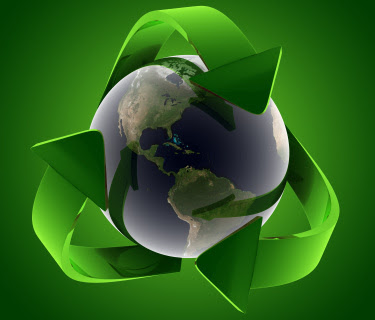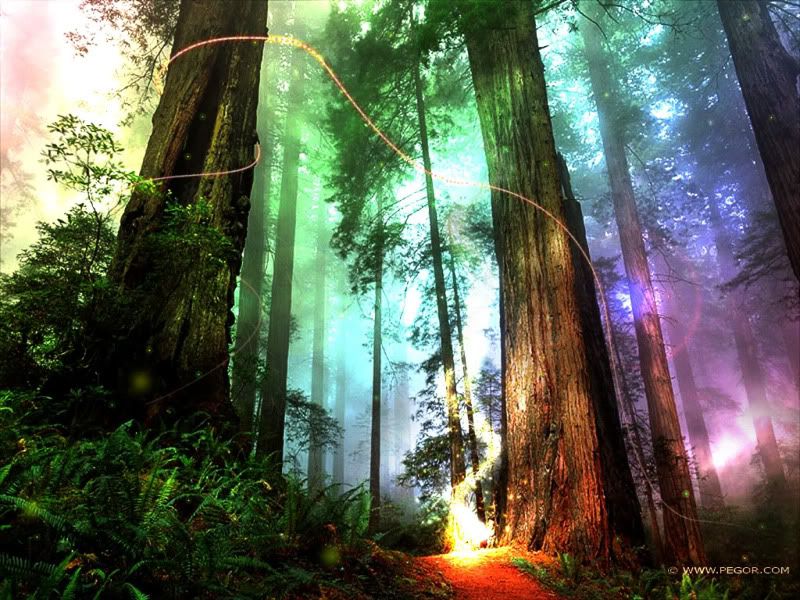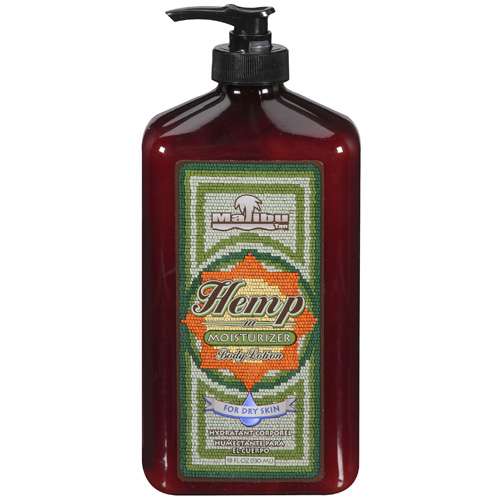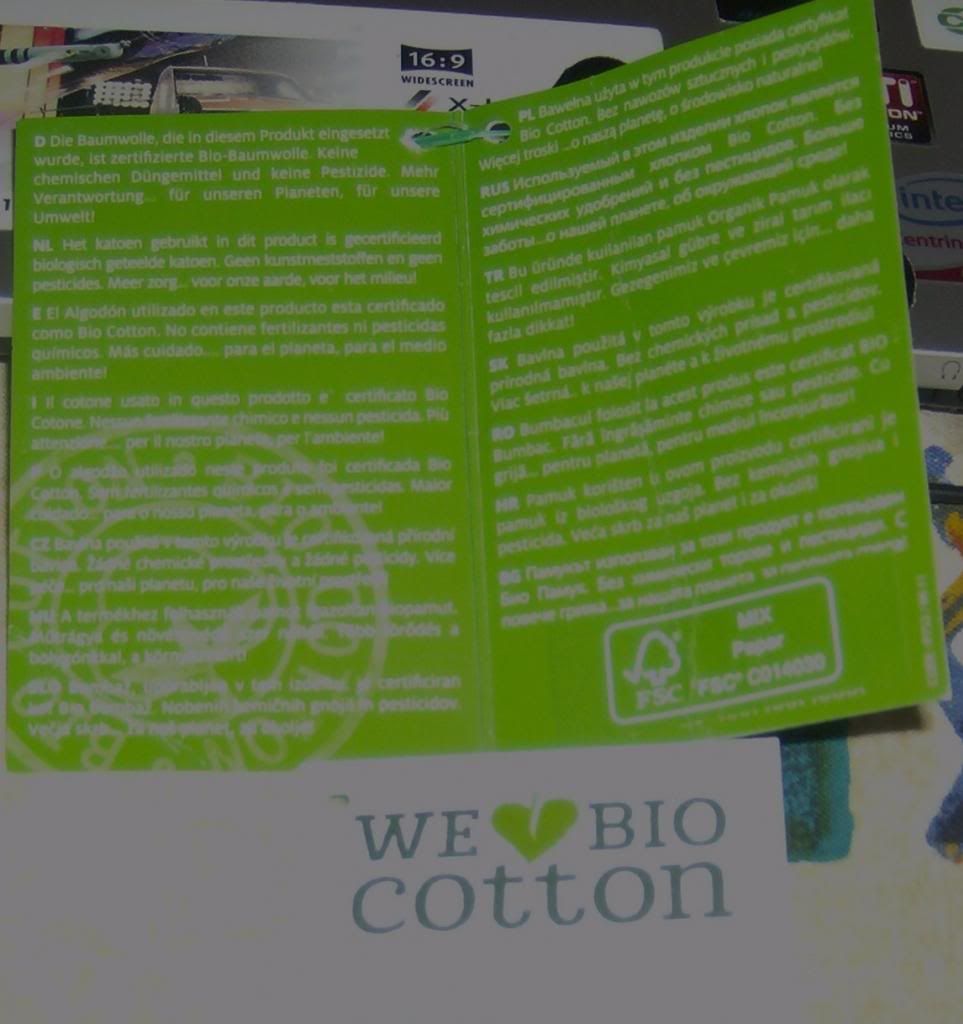Rendering Plant
•Written By: KD Morgan
A rendering plant is a processing operation where dead animals are recycled into products from human food to biodiesel. The remains and waste from slaughterhouses are the primary contributors to these facilities. Heads, hooves, bones, blood, offal (internal organs) and anything else that cannot be used ends up at a rendering plant.
Carcasses of dead animals from livestock and confinement operations are the secondary contributors. A rendering plant will also take dead horses, llamas and other farm and zoo animals. Remains of dogs and cats, roadkill (deer, skunks, rats and raccoons) end up there as well. Veterinary clinics and animal shelters also rely on rendering plants for their euthanized animals. They also accept throwback or rejected meat from supermarkets.
The majority of edible rendering products are sold to feed manufacturers as a source of protein, calcium and phosphorous. The manufacturers then take this “food enhancer,” add ingredients to eventually sell as domestic pet food and livestock feed.
Animals that are not slaughtered or euthanized often die from some form of cancer, encephalitis or organ failure. The euthanized animals have been given sodium pentobarbital. This barbiturate shows up in dog and cat food as well as livestock feed because the rendering process will not break it down.
Raw materials also end up in the rendering “soup.” Heavy metals (cattle ID tags, surgical pins) flea collars (organophosphate insecticides), fish oil laced with contraband DDT, Styrofoam™ and plastic from rejected supermarket meat packaging are common ingredients.
Final products have also identified antibiotics, hormones and pesticides. Some chemicals, such as sulfa, actually become concentrated during the rendering process. It is an unavoidable concession that toxic waste ends up in rendering plant final products.
The goal of any rendering plant is financial and it is not cost-effective to take the time to separate intestines, eyeballs, feathers, hair, bones or rancid restaurant grease. It is not a requirement to identify animals that have died of natural causes for edible rendering.
The end product will dictate the procedure used at the rendering plant. One process cooks the soup past boiling, and then removes the moisture. It is ground into a powder for bone meal or recycled meat for pets, zoo and farm animals.
Dairy animals, cattle, hogs, poultry, sheep and fish are all consuming the rendering plant products on a daily basis. Most of these animals are natural herbivores but have commercially become carnivores and most often cannibals. This is also true for our dogs and cats.
The rendering plant also prepares products considered “edible rendering” for humans. This process involves the chopping of edible materials (primarily fat), cooking at low temperatures, and then separating the liquid and fat from solids through a centrifugal separation.
Due to the fear of bovine spongiform encephalogathy (mad-cow disease, BSE), spinal cords are now forbidden in rendering products for human consumption. Due to the lack of vigilance, however, proper inspections are not performed and these types of items are not separated properly.
Human edible rendering includes meat by-products, chicken fat, beef fat, lard, fish oil, fish meal, bone meal and tallow. Esters, found in ales, also come from rendering. Tallow is used in many foods, flavorings and pharmaceutical products. Non-edible tallow products are wax products, crayons and soaps.
Other end products include all forms of cosmetics, toothpaste, nasal sprays, shampoos, creams and ointments. Plastics, rubber products, solvents and toys are also products that come in close human contact. Anything that includes the ingredients glycerin, linoleic acid, oleic acid, steric acid, tallow, meat or bone meal are rendering plant source products.
Meat packing companies benefit from producing edible rendering as a side business. However, this industry is not well regulated, nor is there any consistency established. You cannot be sure how your fat product was processed, or its source.
With the high volume of meat consumption in the world today, the rendering plant industry is mandatory to resolve the problem of animal remains. Without this recycling from slaughterhouse waste, we would be threatened with uncontrolled viral and bacterial epidemics. Rendering has been a craft carried on for centuries in kitchens and shops to make candles, soap, ghee (clarified butter) and lard. It has become a worldwide, multibillion-US Dollar industry.
As long as animals are consumed, rendering plants are necessary. Most environmentally concerned citizens believe that costly programs and unmanageable regulations get the focus rather than cleaning up the industry to produce safe products.
Bringing awareness of the animal feed quality, the consequential threat they pose to the animals we eventually eat, and the pets we love should be enough to bring social demands for quality regulation in many people's opinion.
http://www.wisegeek.com/what-is-a-rendering-plant.htm
Animal Rendering Products
In More Places Than You Think
You'll Be Surprised To Learn What Goes Into Film, Glue & Crayons
By Renea Mohammed
Animal Writes
The Vancouver Humane Society Newsletter
Summer 2003
7-17-3
Human food is not the only "product" derived from the bodies of factory farmed and other animals. Animals or their parts not considered suitable for the dinner table are typically sent to rendering plants.
Rendering plants take in a wide variety of source materials that include parts such as brains, eyeballs, spinal cords, intestines, bones, feathers or hooves as well as restaurant grease, supermarket rejects such as spoiled steak, road kill and in some areas euthanized cats and dogs from veterinarians and animal shelters.
Such source materials are processed at the rendering plant into ingredients used in a number of products that many people do not associate with animals. Such products include soap, toothpaste, mouthwash, hair dyes, nail polish, photographic film, crayons, glue, solvents, shoe polish, toys, anti-freeze, ornaments, pharmaceutical products and cosmetics (including those not tested on animals).
There have been some health concerns associated with the rendering industry. Perhaps the best known of these is Bovine Spongiform Encephalopathy or mad cow disease.
Studies conducted in the U.K. found the disease had been spread through cattle feed containing protein supplements derived at rendering plants from other ruminants (including other cows). Another problem stemmed from a dioxin and PCB contamination.
In 1999, it was found that fat from a rendering company in Belgium was contaminated with dioxins and PCBs and that the "product" had been used in animal feed. Analysis of eggs and chickens in Belgium showed such contamination and there was concern about exposed animals being "recycled" into the animal feed supply.
There has also been concern about sodium pentobarbital, a drug used to euthanize some animals, showing up in pet food in part because it can withstand the rendering process without degrading. Other concerns have been linked to carbadox, foot and mouth disease, scrapie, chronic wasting disease and the antibiotic sulfamethazine (SMZ) which contains sulfa compounds that may actually be concentrated during the rendering process.
As some of these concerns suggest, unwanted ingredients often accompany the dead animal "raw materials" that end up in rendering plants. These not only include drugs and antibiotics, but also pesticides, heavy metals from cattle ID tags, surgical pins and needles, and plastic used in the packaging of unsold supermarket meats.
Some of us may protect the treatment of animals by the animal industries by limiting our consumption of animal products. For those of us who choose this path, it may be worthwhile to educate ourselves about the products of the rendering industry. People for the Ethical Treatment of Animals (PETA) can be contacted for a list of common animal by-products. Their website is located at:
http://www.peta.org.
How Some Rendering Industry "Products" Are Used:
Non-edible tallow: Used in wax paper, crayons and soap
Oleic acid: Used in foods, soaps, permanent wave solutions, shampoos, hair dyes, lipsticks, liquid make-ups, nasal sprays
Glycerine: Used in inks, glues, solvents, antifreeze, cosmetics, foods, mouthwashes, toothpastes, soaps, ointments, plastics
Stearic acid: Used in rubber, cosmetics, lubricants, candles, hair spray, conditioners, deodorants, creams, food flavoring, pharmaceutical products
Linoleic acid: Used in paints and esters
Meat meal and bone meal: Used in livestock feed and pet food.
http://www.vancouverhumanesociety.bc.ca/home.html




























